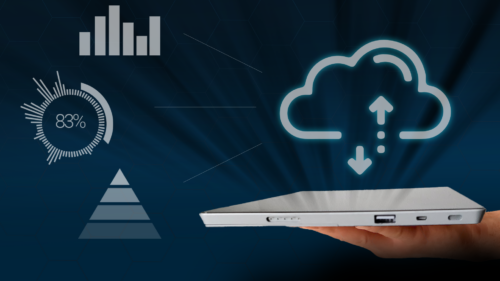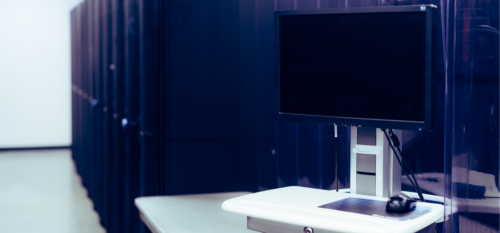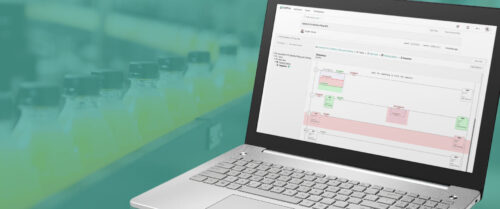Fieldbus, field learning, and field information
Control Engineering readers don't like feeling lost in left field. In fact, keeping current with technologies ranks among your top priorities. Here's a chance to take advantage of multiple opportunities, here and now, with a fieldbus webcast, in-the-field learning, and field-based information in this issue.
Control Engineering readers don’t like feeling lost in left field. In fact, keeping current with technologies ranks among your top priorities. Here’s a chance to take advantage of multiple opportunities, here and now, with a fieldbus webcast, in-the-field learning, and field-based information in this issue.
Fieldbus webcast: At the Center for Fieldbus and Digital Technological Education at Lee College (Baytown, Tex.), I recently had the opportunity to interview manufacturers of digital-network equipment, end-users who have applied FOUNDATION fieldbus-enabled technologies, and other educators. The center and its partners have developed curriculum with area petrochemical companies to update workforces with relevant digital network knowledge. Control Engineering worked with the Fieldbus Foundation (Austin, Tex.) and sponsoring companies to develop a diverse, 50-minute webcast: ” FOUNDATION fieldbus: An Open Integrated Architecture for Information Integration.”
Individual and town-hall-style interviews explain extensive cost savings and business improvements that digital network (and specifically FOUNDATION fieldbus) technologies provide. The webcast, images, and supporting graphics, can be seen free of charge through July 2002 by clicking in and registering via www.controleng.com/webcast . Get answers to your own questions with e-mail and website links. There’s more about the webcast in Jan. 30 Control Engineering Online ‘s “Today’s News” item at www.controleng.com .
Field learning: Webcasts are a great educational media. Even so, the full experience of being there provides interactive opportunities beyond today’s multimedia learning tools.
The Industrial Automation Show at National Manufacturing Week 2002—while likely to be a bit smaller after the tough business climate of 2001—remains an excellent place to touch, feel and interact in real time with an amazing array of automation, controls, and instrumentation technologies. Other elements increasingly connected to automation are also at National Manufacturing Week, including information integration with the enterprise, plant and MRO, and design.
See page 68, www.controleng.com , and at www.manufacturingweek.com .
Field information: Increasingly, Internet technologies have become interactive and mobile, enabling real-time information flow throughout organizations using automation, controls, and instrumentation. This issue’s cover story, starting on the next page, explains how manufacturers benefit by tying their plant-floor processes to real-time supply chain and enterprise collaboration.
Human-machine interfaces, supervisory control and data acquisition, user-customizable information portals, networks, and handheld interfaces are using web technologies to connect automation technologies to other parts of the enterprise and supply chain. Doing so—and here’s where it gets personal—helps us all keep our jobs because there’s greater justification and easier quantification for automation investments that make good business sense.
Controllers, the heartbeat of production, fit multiple applications, in a variety of form factors. Part 2 of our two-part series on controllers shows, along with an online matrix, how a convergence of technologies have helped controllers work far outside of traditional areas.
Another article demonstrates how temperature sensors also have evolved to fit into about any location imaginable. A piece on loop tuning and original research on data acquisition round out the articles. See page 5 for more field-tested learning in this issue.
| Author Information |
| Mark T. Hoske, Editor-in-Chief mhoske@cahners.com |
Do you have experience and expertise with the topics mentioned in this content? You should consider contributing to our CFE Media editorial team and getting the recognition you and your company deserve. Click here to start this process.






